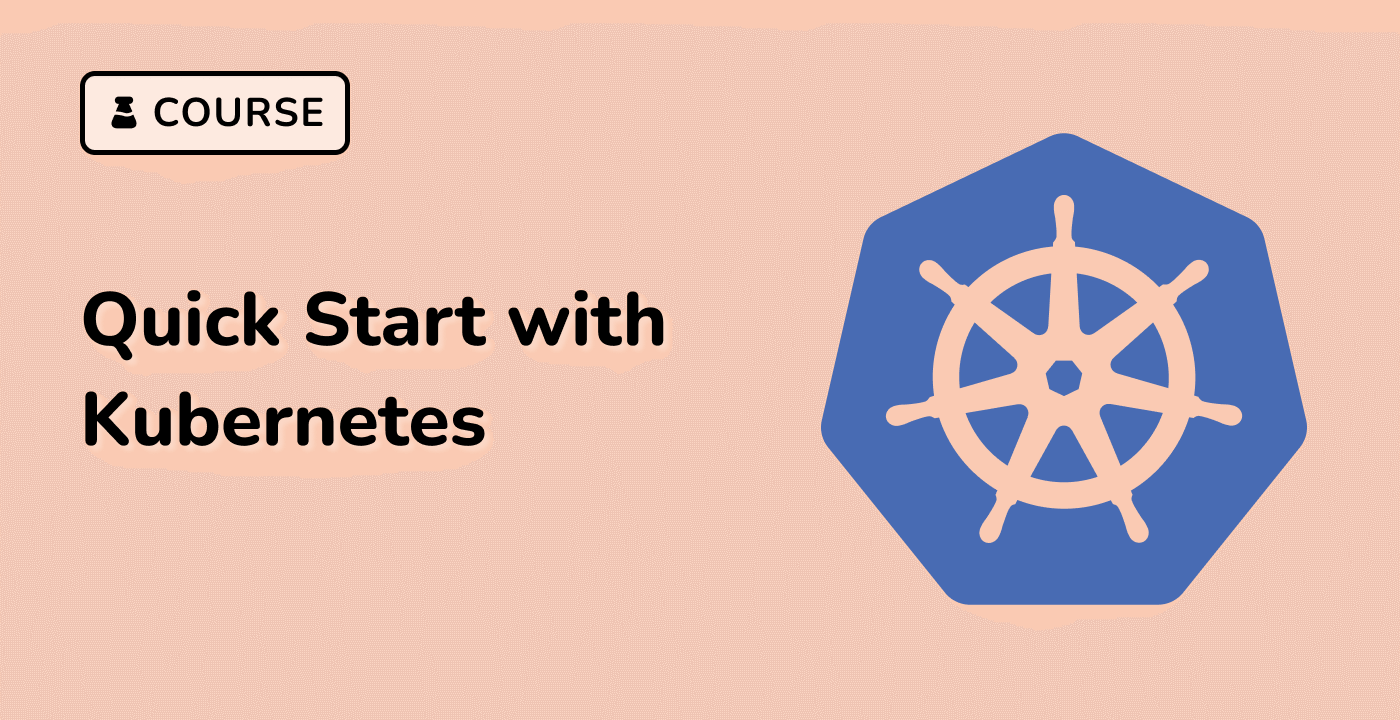Switching Kubernetes Contexts
Context Switching Mechanism
Context switching allows administrators and developers to seamlessly transition between different Kubernetes clusters without complex manual configuration.
graph LR
A[Current Context] --> B[Switch Context]
B --> C[New Cluster Connection]
C --> D[Active Kubernetes Environment]
Basic Context Switching Commands
Switching to a Specific Context
Use the following command to switch contexts:
kubectl config use-context <context-name>
Example:
kubectl config use-context production-cluster
Listing Available Contexts
Before switching, view all available contexts:
kubectl config get-contexts
Context Switching Scenarios
| Scenario |
Command |
Purpose |
| Development Cluster |
kubectl config use-context dev-cluster |
Switch to development environment |
| Production Cluster |
kubectl config use-context prod-cluster |
Switch to production environment |
| Staging Cluster |
kubectl config use-context staging-cluster |
Switch to staging environment |
Verifying Current Context
After switching, confirm the active context:
kubectl config current-context
This command displays the currently selected Kubernetes context, ensuring you're connected to the intended cluster.
Namespace Selection During Context Switch
When switching contexts, you can also specify a default namespace:
kubectl config set-context <context-name> --namespace=<namespace-name>
Example:
kubectl config set-context production-cluster --namespace=backend-services
Context switching provides a powerful mechanism for managing multiple Kubernetes environments efficiently, enabling quick transitions between development, staging, and production clusters.



